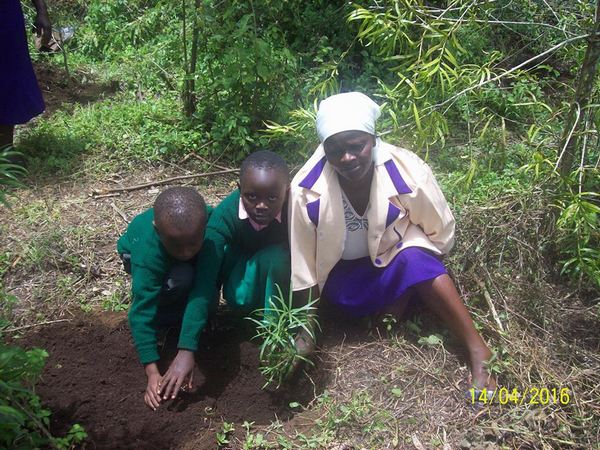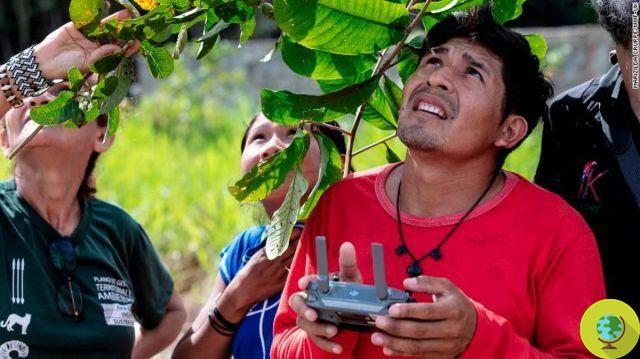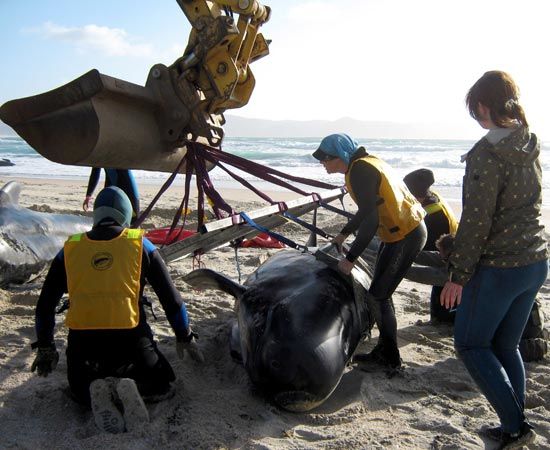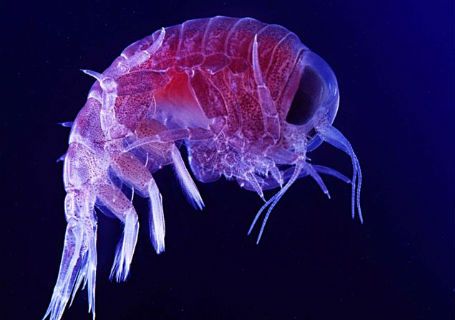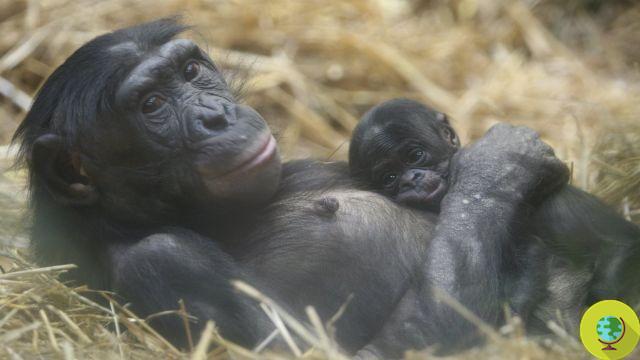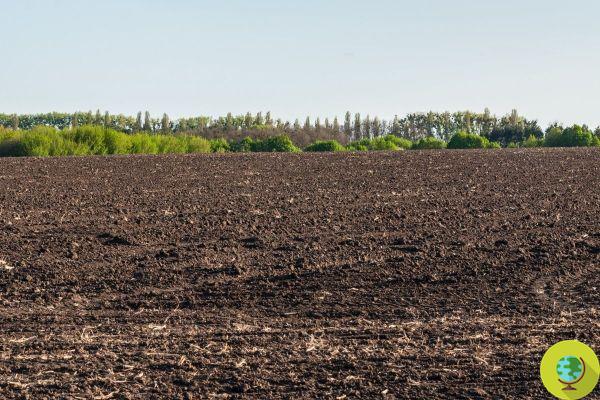
Several factors contribute to the destruction of microbial communities in the soil, affecting their ability to trap CO2
He is about to end up run over, his mother saves himSeveral factors contribute to the destruction of microbial communities present in the soil, affecting their ability to trap carbon dioxide
The land is home to different microbial communities that perform very important functions: they convey nutrients, support agriculture, trap carbon dioxide present in the atmosphere (thus counteracting the rise in temperatures). It is estimated that, globally, about 80% of the Earth's carbon dioxide reserves are stored in the ground: due to climate change and other anthropogenic activities affecting microbial communities, this important carbon deposit is at risk.
A team of US ecologists tried to investigate the effects of rising temperatures and the use of a common antibiotic on soil-dwelling microbes simultaneously. excessive heat and antibiotics destroy microbial communities, damaging the efficiency of the soil, the resilience to exploitation but, above all, the ability of the soil to trap CO2. The antibiotic considered by the scientists is Monensin, selected because it is very common, cheap, easy to use and widely used in intensive cattle breeding, where it does not even require veterinary authorization. Like most antibiotics, Monenesin is also poorly metabolized by animals: a large part of the drug is still biologically active when released into the environment thanks to manure.
The researchers collected soil samples from a protected area in northern Idaho, away from intensive farming: the area is covered with uncultivated vegetation, which grows spontaneously without the need to use manure as fertilizer. The samples were then treated with different doses of antibiotic (high doses, minimal doses and total absence of antibiotics) and incubated for 21 days at three different temperatures (15 ° C, 20 ° C and 30 ° C, to simulate the temperature variation due to the seasons, with the addition of a limit temperature assumed as a consequence of global warming). For each sample collected and tested, the team monitored several parameters - such as soil respiration, acidity, composition of the microbial community, the presence of nutrients in the soil, the interaction between microbes.
It emerged that, as the temperature rises and in the presence of greater quantities of antibiotics, microbes die, replaced by mushrooms. The mere presence of antibiotics increases the availability of carbon in the soil and reduces the microbial efficiency, while the only increase in temperatures increases soil respiration but decreases the presence of carbon (this could lead, in the long run) to a reduction in capacity. soil to retain CO2). The increase in temperatures exacerbates the effects of antibiotics, with the emergence of different microbial communities depending on the temperatures tested: the higher the temperatures, the fewer communities of microorganisms will be present.
Follow your Telegram | Instagram | Facebook | TikTok | Youtube
Fonte: Soil Biology and Biochemistry
We also recommend:
- These beneficial microbes developed by researchers are capable of repairing the Earth
- Microbes and solar energy could produce 10 times more protein than plants
- Diet: Discoveries of ancient microbial species never seen before, which we have lost due to industrialization










